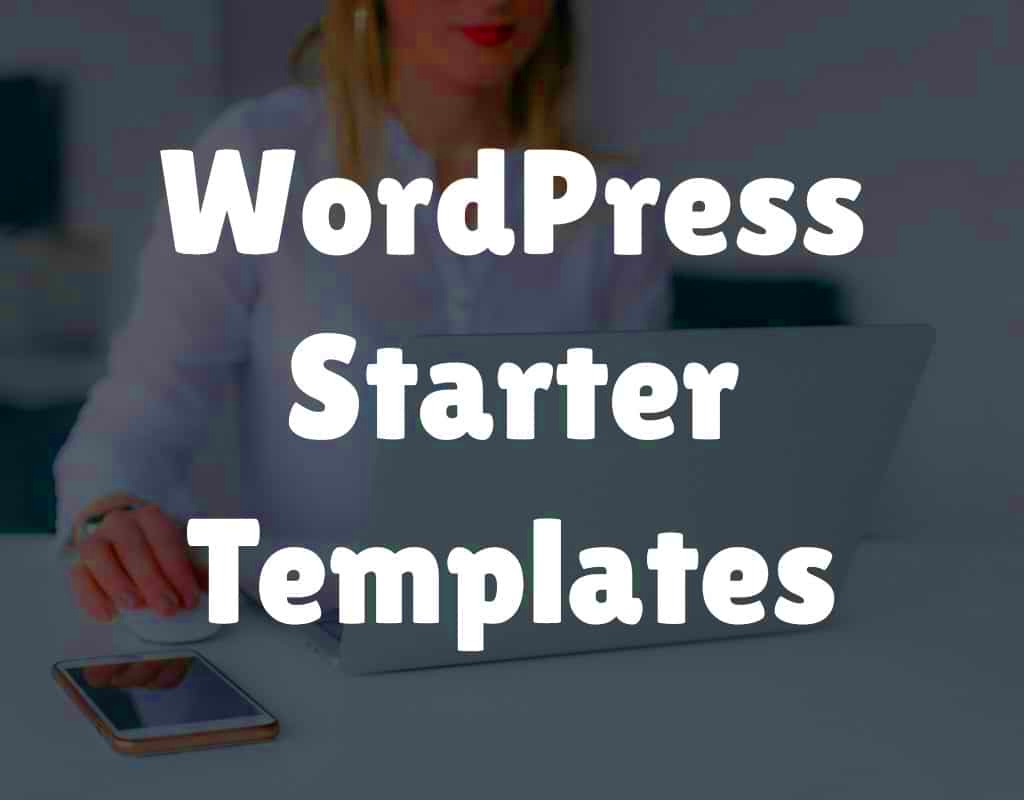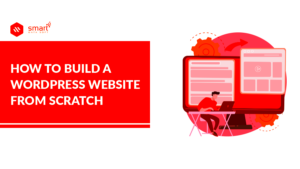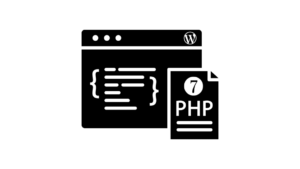Setting up a WordPress site on basic hosting is a fantastic way to jump into the world of website creation without breaking the bank. With user-friendly interfaces and a plethora of themes and plugins, WordPress allows anyone, regardless of technical skill, to establish their online presence swiftly. Whether you’re a blogger, a small business owner, or just looking to showcase your portfolio, a basic hosting solution can cater to your needs. In this guide, we’ll dive into how to get started quickly and efficiently, making your
Choosing the Right Basic Hosting Provider
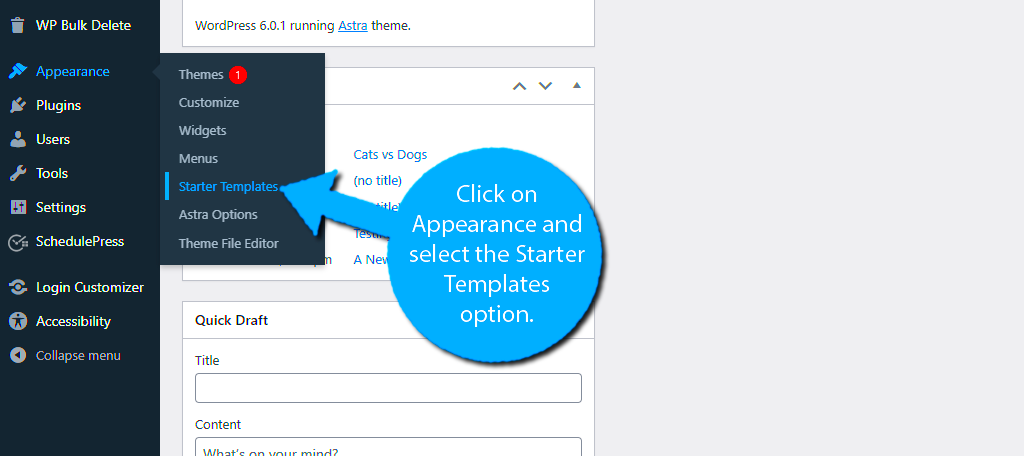
Picking the right basic hosting provider is crucial for building a successful WordPress site. Here’s what you should consider:
- Reliability: Look for a host that guarantees a high uptime percentage—at least 99.9% is ideal. This ensures your site stays live and accessible to visitors.
- Customer Support: Choose a provider that offers 24/7 customer support. You never know when you might need assistance with settings or server issues.
- WordPress Compatibility: Not all hosts are created equal. Ensure your chosen provider is optimized for WordPress, which helps with performance and speed.
- Storage & Bandwidth: Evaluate the storage space and bandwidth limits. Depending on your site’s needs, you want to ensure you have enough room for growth.
- Easy Installation: Many providers offer one-click WordPress installs, making it easy to get your site up and running without technical headaches.
Here’s a simple comparison table for reference:
| Provider | Uptime Guarantee | Support | WordPress Optimization |
|---|---|---|---|
| Host A | 99.9% | 24/7 Live Chat | Yes |
| Host B | 99.8% | Email Support | Yes |
| Host C | 99.95% | 24/7 Phone | Yes |
Choosing the right hosting provider sets the foundation for your WordPress site, so do your homework and pick one that aligns with your goals!
3. Setting Up Your Domain Name
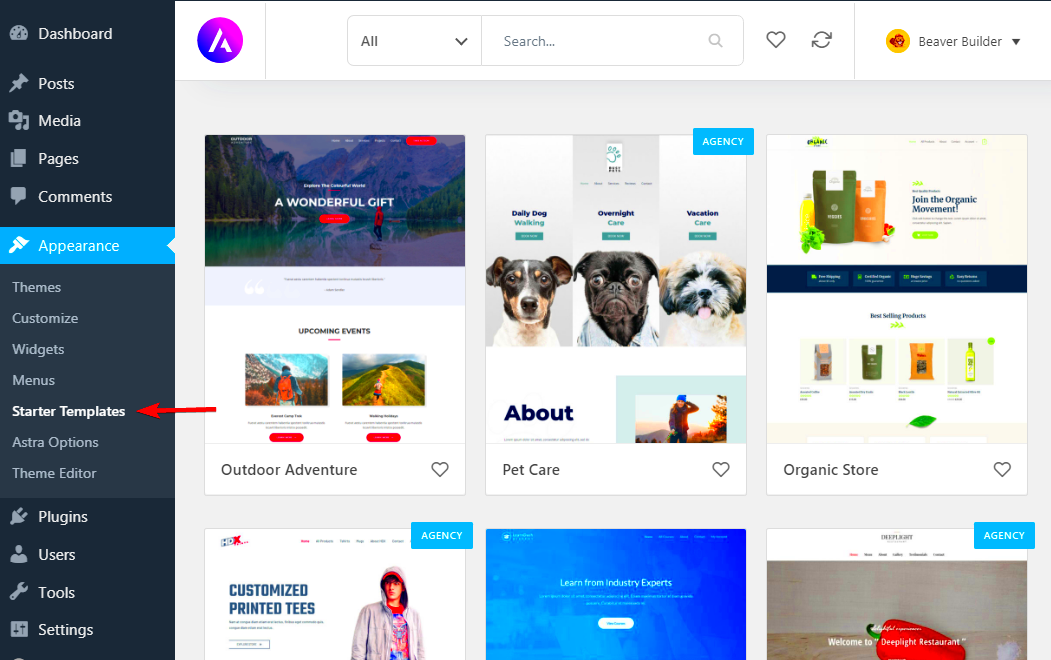
Setting up your domain name is the first step in establishing your online presence. Think of your domain name as the address to your home on the internet; it’s how people will find you. Here’s a simple breakdown to help you get started:
- Choose a Domain Name: Think about your brand, business, or blog content. Make it memorable and easy to spell. Use keywords relevant to your niche if possible.
- Domain Name Extensions: Decide on the extension that fits best for you. .com is still the most popular choice, but there are many others available like .net, .org, and niche-specific extensions like .tech or .shop.
- Check Availability: Use a domain registration service to check if your desired name is available. If it’s taken, don’t fret! Adjust the spelling, add a prefix or suffix, or brainstorm new ideas.
- Register Your Domain: Once you settle on the perfect name, register it. Choose a reputable domain registrar such as GoDaddy, Namecheap, or Google Domains. Registration usually lasts for a year, but you can set up auto-renewal.
- Protecting Your Domain: Consider enabling WHOIS privacy protection to keep your personal information private and reduce spam.
Congratulations! You’ve secured your domain name, which is a significant step in your website-building journey. Next up, let’s get your WordPress site installed so you can go live!
4. Installing WordPress on Your Hosting Account
Now that you have your domain name all set, the next step is to install WordPress on your hosting account. Thankfully, most hosting services offer a streamlined process for installation. Here’s how to do it:
- Access Your Hosting Account: Log in to your hosting account dashboard. This is where all the magic happens!
- Locate the WordPress Installer: Most hosting providers offer a one-click WordPress installation. Look for options like “Softaculous Apps Installer” or “One-Click Installs”.
- Initiate the Installation: Click on the WordPress icon, and you’ll be directed to a setup page. Fill out all the required fields such as domain name, site name, and admin credentials.
- Database Setup: If prompted, it may create a database automatically. This is essential for WordPress to store all your content. Just ensure you keep a note of your database name and credentials.
- Complete the Installation: Hit the ‘Install’ button, and watch the magic unfold! This process usually takes just a few minutes.
Once done, you will be provided with a link to your new WordPress site and a login URL. Use your admin credentials to access your dashboard, and voila! Your website journey has officially begun. Now is the time to explore themes, plugins, and start writing!
Exploring WordPress Templates for Quick Start
When it comes to setting up your WordPress site on basic hosting, choosing the right template can make all the difference. A WordPress template, often referred to as a theme, is essentially the design framework of your website. It not only governs how your site looks but also affects how users interact with it. Fortunately, WordPress offers a plethora of templates that are perfect for a quick and hassle-free start!
First off, let’s talk about the variety of templates available. You’ll find templates tailored for specific purposes, such as:
- Blogging: Perfect for personal or professional blogs, these templates focus on readability and ease of navigation.
- Business: These themes are geared toward companies looking to showcase their services and connect with clients.
- eCommerce: If you’re venturing into online sales, there are templates designed specifically for functionality and product layout.
- Portfolio: Great for creative professionals who want to display their work in an attractive format.
One of the best parts about WordPress is its vast library of free and premium templates. You can explore these options directly from your WordPress dashboard under the “Themes” section. In addition to aesthetics, look for templates that offer:
- Responsive Design: Ensures that your site looks great on all devices.
- Customization Options: Flexibility to adjust colors, fonts, and layouts.
- Support & Updates: A good template should come with regular updates and reliable customer support.
Remember, taking the time to explore your template options can save you a lot of headaches down the road. So, dive in and find the perfect template that aligns with your vision!
Installing and Customizing Your Chosen Template
Now that you’ve found your ideal WordPress template, it’s time to dive into the installation and customization processes. Don’t worry; it’s easier than it sounds! Just follow these steps, and you’ll have your site looking exactly how you envisioned it in no time.
Step 1: Installation
To install your chosen template, follow these steps:
- Log in to your WordPress admin dashboard.
- Navigate to Appearance > Themes.
- Click on Add New to browse the theme repository or hit Upload Theme if you’ve purchased a premium theme.
- Select your theme and click Install followed by Activate.
Step 2: Customizing Your Template
Once your theme is active, it’s time to customize it! Most templates come with their own customization options. Here’s how you can make it yours:
- Go to Appearance > Customize: This will open the WordPress Customizer where you can change various aspects of your theme visually.
- Adjust Site Identity: Upload your logo and set your site title and tagline to reflect your brand.
- Change Colors and Fonts: Many templates allow you to customize the color scheme and typography, so pick what resonates with your audience.
- Set Up Menus: Create a navigation menu that makes it easy for users to find what they need. Don’t forget to include important pages like About, Services, and Contact.
Customizing your template is where the fun really begins! Take your time to explore all the options available and remember to preview changes to see how they’ll affect your site. With a little creativity and effort, your WordPress setup will be unique and fully functional.
7. Essential Plugins for Your WordPress Site
When it comes to setting up your WordPress site, plugins are like the Swiss Army knives of the platform—they can add functionality and features with just a few clicks. While there are thousands of plugins available, there are a few essentials that every WordPress site should consider. Let’s unpack some must-have plugins that will elevate your site’s performance and user experience.
- Yoast SEO: This plugin helps you optimize your content for search engines. With features like keyword analysis and readability checks, Yoast makes it easier to improve your site’s visibility.
- Contact Form 7: Want to accept inquiries or feedback from visitors? Contact Form 7 allows you to create and manage multiple forms, making communication a breeze.
- WooCommerce: Planning to sell products online? This powerful eCommerce plugin will turn your site into a fully functional online store.
- Wordfence Security: Protecting your site from malicious attacks is crucial. Wordfence offers firewall protection, malware scanning, and login security features.
- Elementor: For those who want to design custom pages without any coding, Elementor is a user-friendly drag-and-drop page builder that will help you create stunning layouts.
By incorporating these plugins, you’ll not only enhance the functionality of your website but also provide a better experience for your visitors. Remember, however, to keep your plugins updated and to use only the ones that are necessary; too many plugins can slow down your site!
8. Configuring Basic Settings for Your WordPress Site
Once you have your WordPress setup and essential plugins installed, it’s time to configure some basic settings that will affect how your site operates and appears to your visitors. This step is crucial for ensuring that your website runs smoothly and meets your specific needs. Let’s dive into the key settings you should consider adjusting first.
Here’s a quick checklist of basic settings to review:
- Site Title and Tagline: Navigate to Settings > General to enter your site’s title and an optional tagline that summarizes your website’s purpose.
- Time Zone and Date Format: Still in the General settings, setting your time zone and preferred date format will keep all your timestamps accurate.
- Permalinks Structure: Head over to Settings > Permalinks to adjust how your URLs appear. A common choice is the “Post name” option for SEO-friendly links.
- Discussion Settings: Control how comments are managed on your posts. You can allow comments, require approval, or disable them entirely under Settings > Discussion.
- Media Settings: You can customize how images and media files are handled in your library by accessing Settings > Media.
Taking a moment to configure these basic settings will not only make your site more user-friendly but will also align it with your goals and branding. Don’t rush through this step! By ensuring everything is set up correctly, you’ll pave the way for a smoother experience both for you and your visitors.
9. Finalizing Your Site Launch
Congratulations, you’re almost there! Finalizing your site launch on WordPress involves a few key steps to ensure everything is set up correctly and your website is ready for visitors. This is the moment where all your hard work begins to pay off, and it’s essential to get everything sorted before you go live.
First things first, publish your pages and posts. Make sure they’re all visible to your audience. You might also want to triple-check that all your content is polished. Here’s a quick checklist to help you out:
- Content Review: Proofread your text, check for typos, and ensure your images are properly placed.
- SEO Optimization: Utilize SEO plugins like Yoast to optimize your content for search engines.
- Mobile Responsiveness: Ensure your site looks great on mobile devices. Run a test on various screen sizes.
- Speed Test: Use tools like GTmetrix to test loading speeds. Optimize images or enable caching if needed.
- Integrate Analytics: Set up Google Analytics to monitor traffic and user behavior from day one.
Lastly, don’t forget to configure your settings to enhance user experience. Set up your permalink structure, customize your homepage, and finalize your menu navigation. Once the nitty-gritty is handled, it’s the perfect time to share your site on social media, letting everyone know that it’s live!
10. Conclusion and Next Steps
You’ve made it! Setting up your WordPress site on basic hosting might sound daunting at first, but with the right approach, it’s quite manageable. The steps you took—from picking a hosting provider to launching your site—are the foundations of your online presence.
As you step into this exciting phase, remember that your website is an evolving project. Here are a few next steps to ensure continued growth and functionality:
- Regular Updates: Keep your WordPress version, themes, and plugins updated to prevent security issues.
- Engaging Content: Develop a content calendar for consistent engagement with your audience. Blog regularly!
- Backup Solutions: Set up a reliable backup solution to safeguard your site against data loss.
- Community Building: Connect with users by encouraging comments, sharing on social media, and even starting a newsletter.
- Analytics Review: Monitor your analytics frequently to understand your audience better and adjust strategies accordingly.
In conclusion, the journey doesn’t stop at launch. It’s about continuous learning and improvement. Now’s a great time to dive deeper into advanced WordPress features, explore more plugins, or even consider customizing your theme further. Happy blogging, and may your WordPress site thrive!

